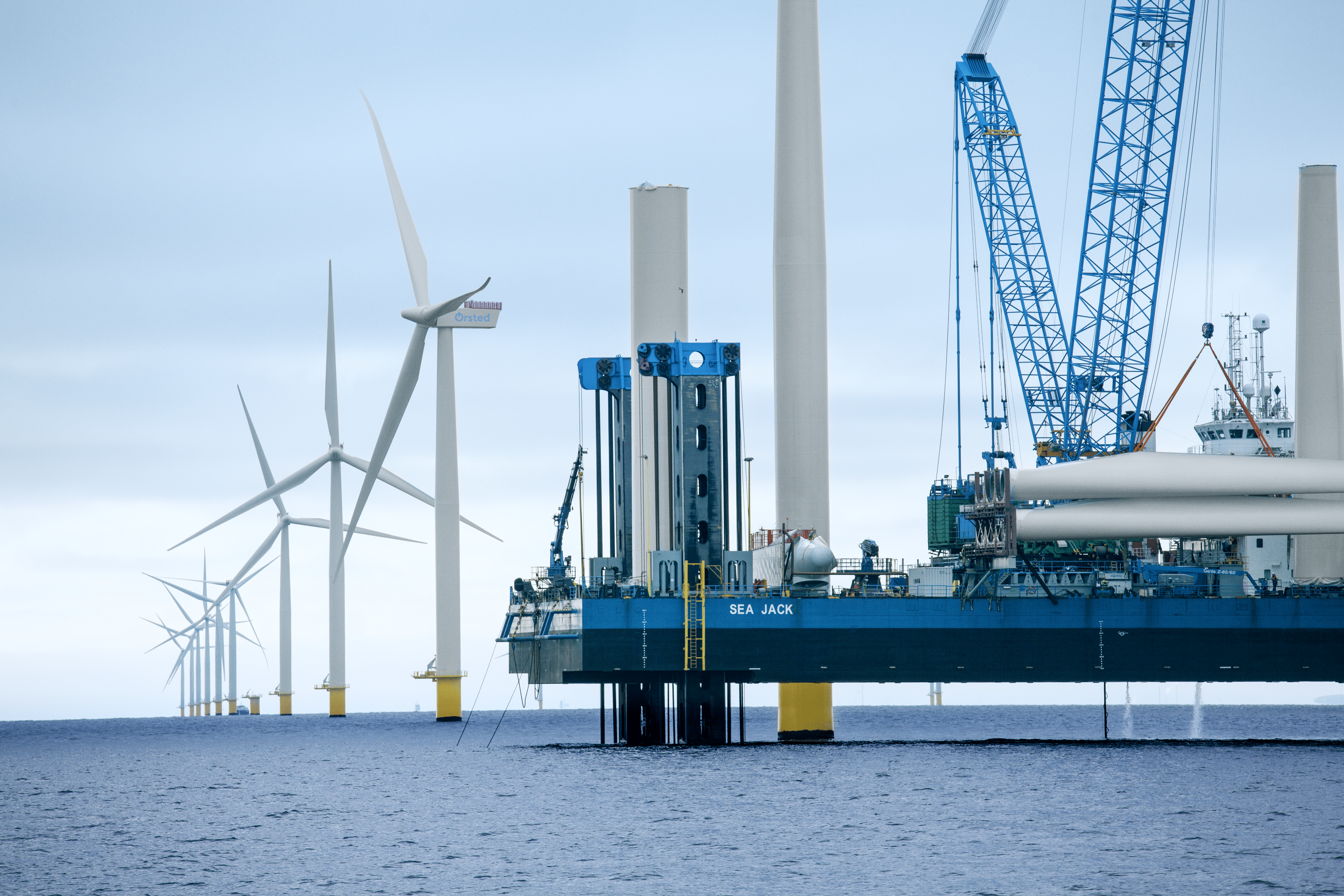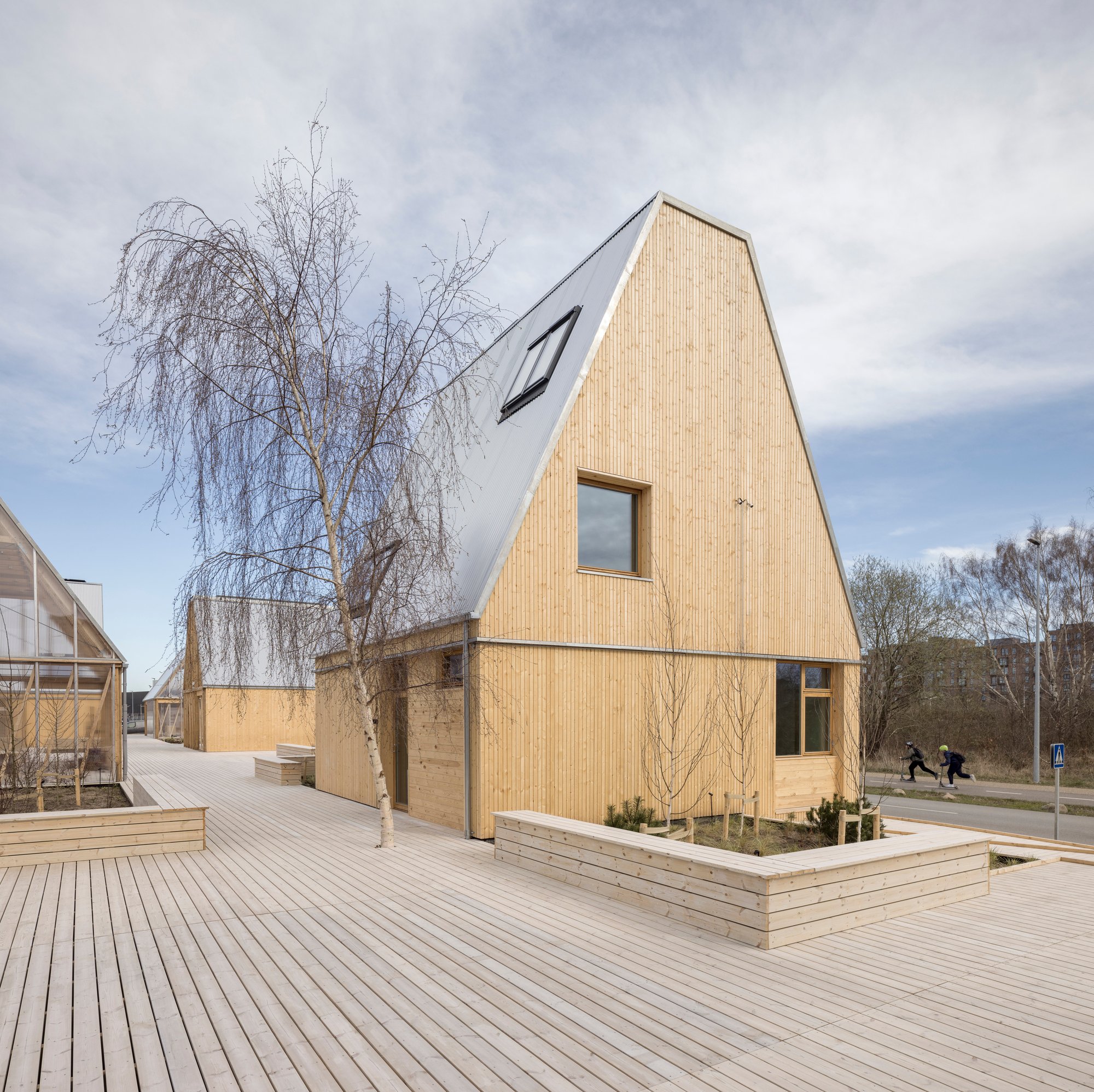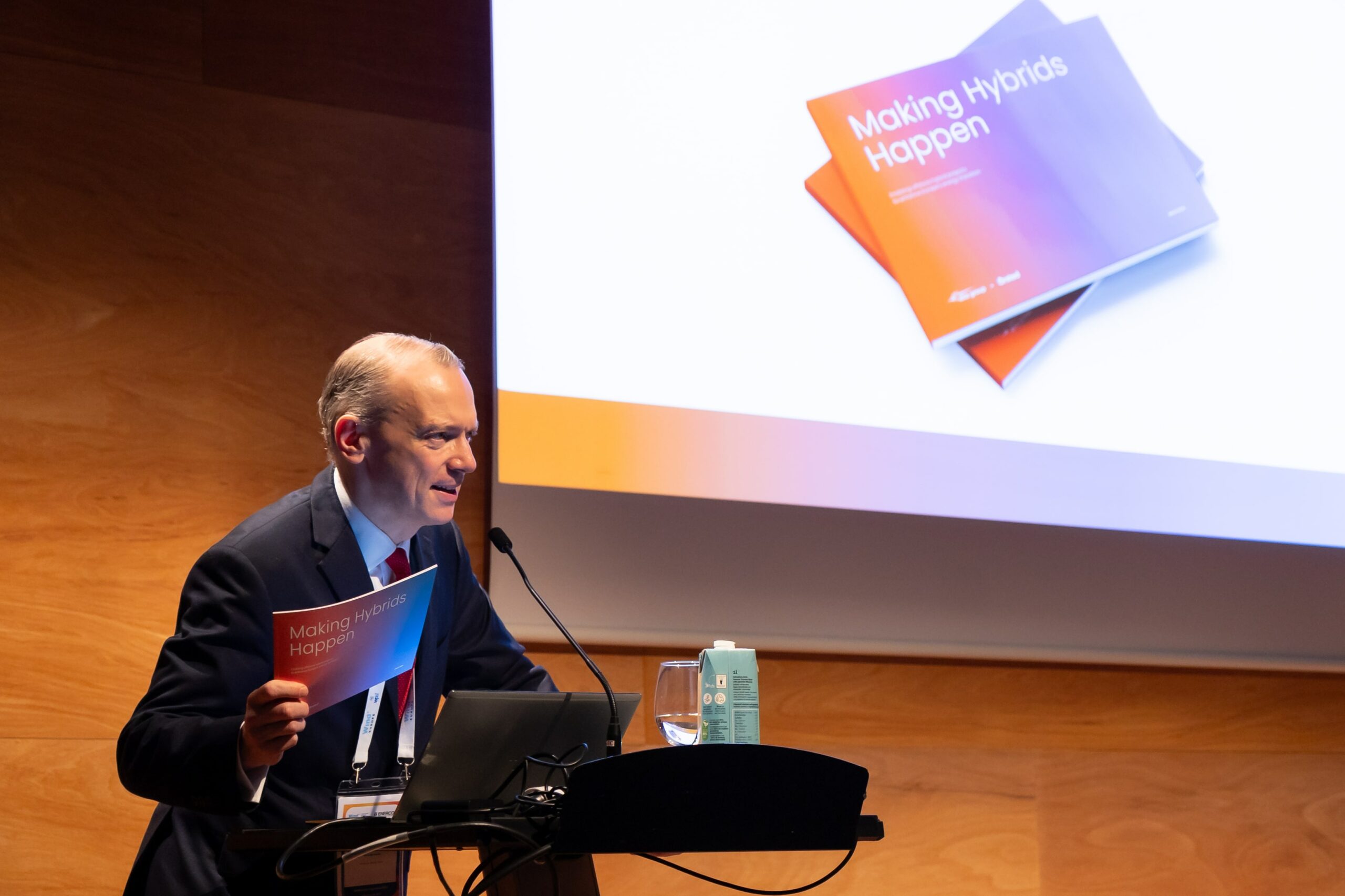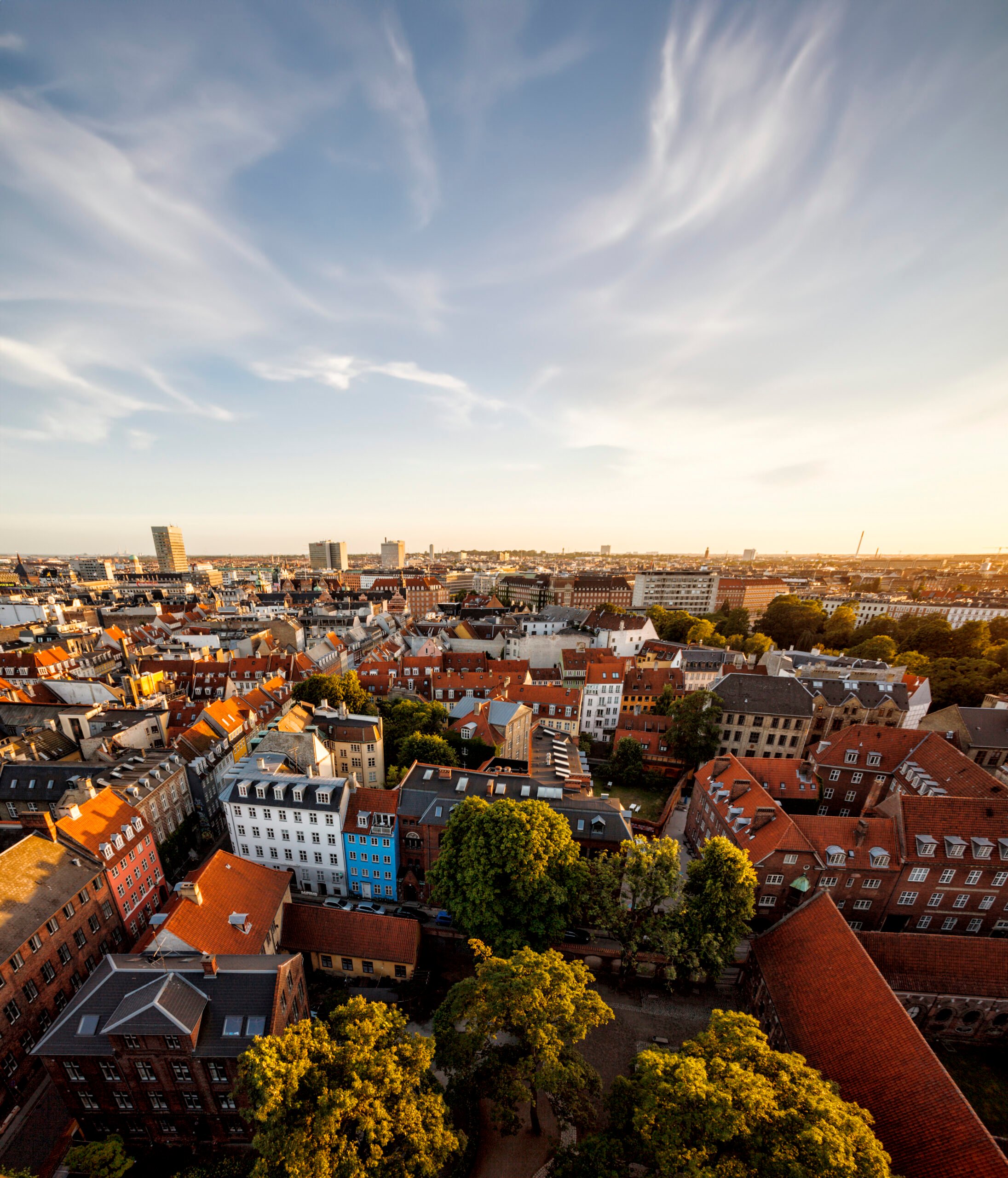At the United Nations Climate Change Conference (COP26) in Glasgow in 2021, Vietnam pledged to reach net zero by 2050. Over the last few years, Vietnam has already taken a series of important steps to reduce CO2 emissions from the energy sector. The new pledge, however, marks a major shift in the development of the economy, including the energy sector.
To provide support and technical guidance, Vietnam and Denmark have entered a long-term cooperation agreement to promote a transition in Vietnam to a low-carbon economy. What already started in 2013, is now moving into its third phase.
Examining possible pathways for Vietnam’s green transition and the collaboration ahead, a new Vietnam Energy Outlook Report 2021 was launched on 2 June. On top of providing a trajectory for reaching Vietnam’s net zero target, the report explores the specific developments related to energy, transportation, balancing of power systems, and air pollution.
Read the Vietnam Energy Outlook Report in full and dive into findings, recommendations and possible pathways.
Potential for reaching the 2050-target of net-zero emissions
In recent decades, Vietnam has experienced average annual growth rates of around 7% in GDP and the growing economy has led to a significant increase in energy consumption as well as in CO2 emissions. It is key for both Vietnam’s and the global green transition that the country, with a population of almost 100 million people, can decouple economic and energy consumption and turn its energy system into a more sustainable and green energy system by investing in renewable energy and energy efficient technologies.
Kim Højlund Christensen, Ambassador of Denmark to Vietnam:
“Vietnam is an important partner for Denmark when it comes to green economy transition. We are happy to share with our local counterparts solid and well-proven Danish solutions, knowhow and best practices gained during the past 30 years to support Vietnam in realizing its great potential for green transformation and the country’s commitment to combat climate change and achieve net-zero by 2050 in the most efficient and just way.”
Kristoffer Böttzauw, Director General of the Danish Energy Agency:
“Vietnam has already come a long way with its green transition, which Prime Minister Pham Minh Chinh’s net zero pledge at COP26 in Glasgow illustrates. With the Vietnam Energy Outlook Report 2021 developed in close collaboration with the Vietnamese Energy Authorities, we aim to display how this target can be reached in time and at the lowest cost possible to the benefit of the country, its people, and the climate.”

















